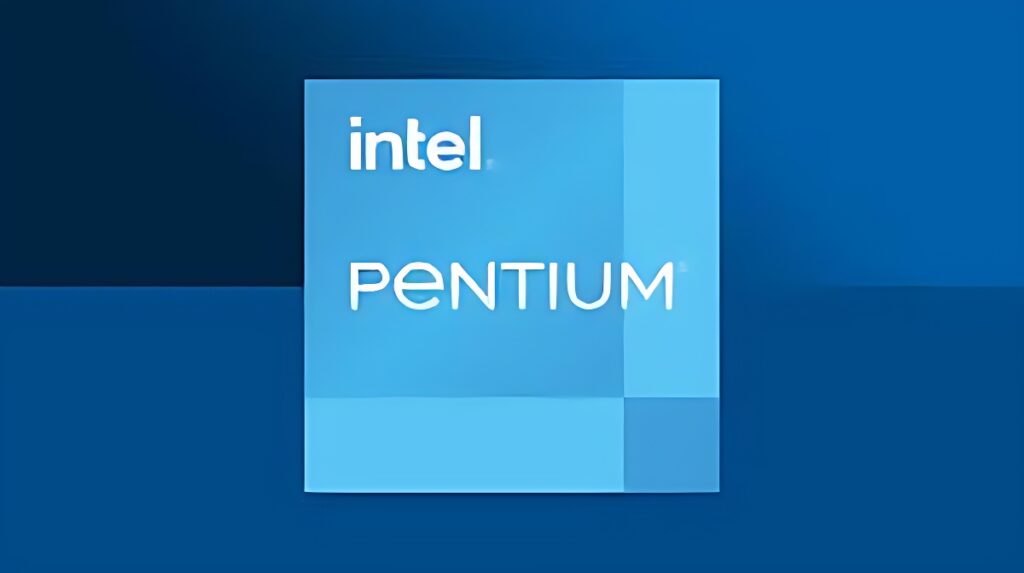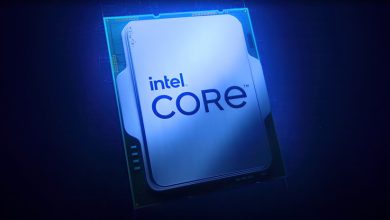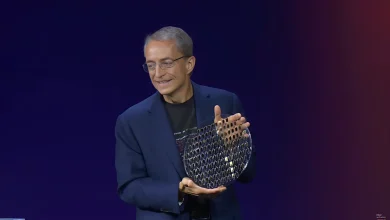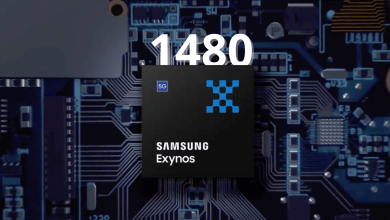Intel 300 Processor Featuring 2 Performance Cores, Base Clock of 3.9GHz & a 46W TDP Rumored to Arrive in Q3 2023, Replaces Pentium Gold G7400

It has been reported that Intel will launch a new Pentium Gold processor under the umbrella of its 14th Generation CPUs. The CPU named ‘Intel 300‘ replaces the Alder Lake based Pentium Gold G7400. For the unaware, Intel decided to discontinue its Pentium/Celeron lineup last year.
Intel 300 Processor
After the naming change, all Pentium and Celeron SKUs will now be identified with a simple ‘Intel Processor‘ modifier. The Intel 300 processor is set to launch in Q3 2023, alongside other 14th Generation products. Team Blue is expected to make an announcement at its Innovation Event next month.
More specifically, the Intel 300 processor will feature 2 cores and 4 threads. The 2 P-Cores should be based on the ‘Raptor Cove‘ (13th Gen) microarchitecture. Although, Golden Cove (12th Gen) will also make do since the IPC difference between the two is minimal.
Furthermore, the CPU is equipped with 6MB of L3 cache and a base frequency of 3.9GHz. Like its predecessor, the Pentium Gold G7400, the Intel 300 has a TDP of 46W.

As for the pricing, users should expect this CPU to cost less than $100, being a Pentium series SKU. While the Pentium series can be purchased by mainstream users, an OEM-only option is also on the cards.
Intel 14th Generation
The 14th Generation of Intel Core CPUs for desktop will not be based on Meteor Lake. Rather, Intel is refreshing Raptor Lake (13th Gen), which was derived from Alder Lake (12th Gen). The only visible improvements are more cores and improved clock speeds.
14th Generation on desktop is merely a competitor against AMD’s Zen4-X3D products. To answer Zen5, Intel will unleash Arrow Lake late next year. Arrow Lake is Intel’s trump card against AMD since it has the following features:
- Codenamed Arrow Lake ‘ARL’
- Lion-Cove based P-Cores / Skymont-based E-Cores
- Up to 40 Cores (8P+32E)
- SMT (Hyperthreading) Disabled
- Intel 20A (2nm) / TSMC N3B Process Technology
- Foveros (Chiplet) Design
- Introduction of PowerVia / RibbonFET
- At least 21% Faster Than Raptor Lake-S (13th Generation Desktop)
- Late 2024/Early 2025
- LGA 1851 Socket (Possible Support for 3 Generations)
| Raptor Lake Refresh | Cores/Threads | Max Clocks | Raptor Lake | Cores/Threads | Max Clocks | ||||
| i9-14900K/KF | 24/32 | 6GHz | i9-13900K | 24/32 | 5.8GHz | ||||
| i9-14900 | 24/32 | 5.8GHz | i9-13900 | 24/32 | 5.6GHz | ||||
| i7-14700K/KF | 20/28 | 5.6GHz | i7-13700K | 16/24 | 5.4GHz | ||||
| i7-14700 | 20/28 | 5.4GHz | i7-13700 | 16/24 | 5.2GHz | ||||
| i5-14600K/KF | 16/24 | 5.3GHz | i5-13600K | 14/20 | 5.1GHz | ||||
| i5-14600 | 14/20 | 5.2GHz | i5-13600 | 14/20 | 5GHz | ||||
| i5-14500 | 14/20 | 5GHz | i5-13500 | 14/20 | 4.8GHz | ||||
| i5-14400 | 10/16 | 4.7GHz | i5-13400 | 10/16 | 4.6GHz | ||||
| i3-14300 | 6/12 | – | – | – | |||||
| i3-14100 | 4/8 | 4.7GHz | i3-13100 | 4/8 | 4.5GHz | ||||





